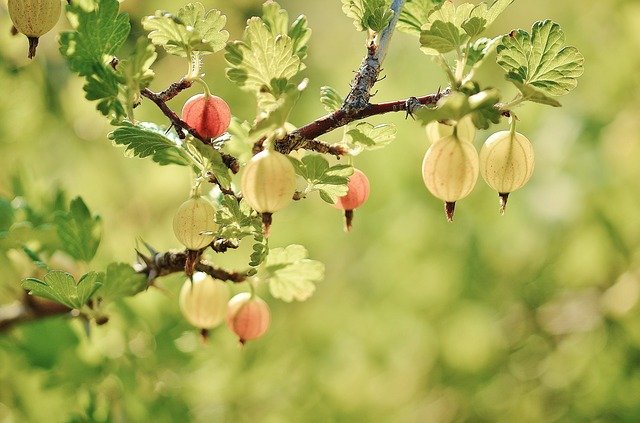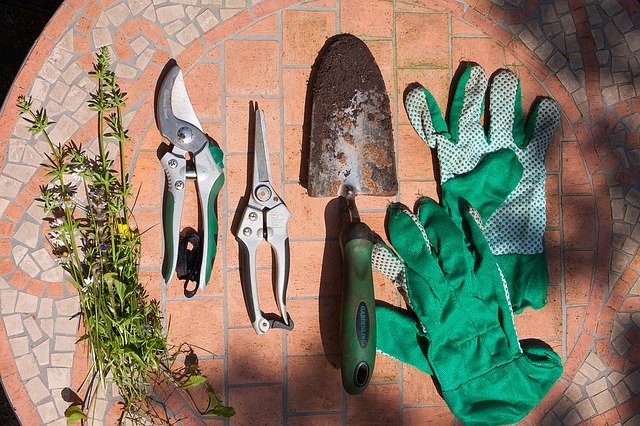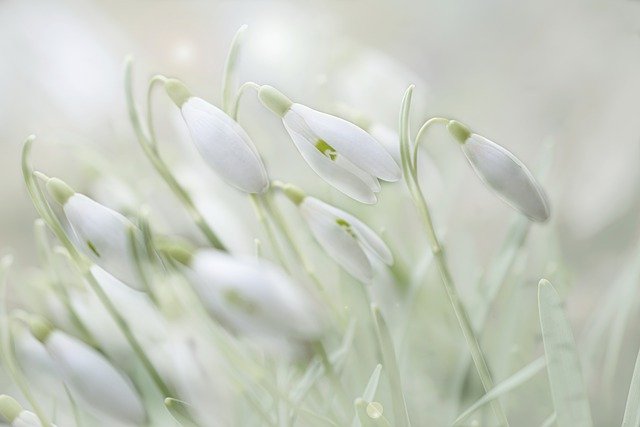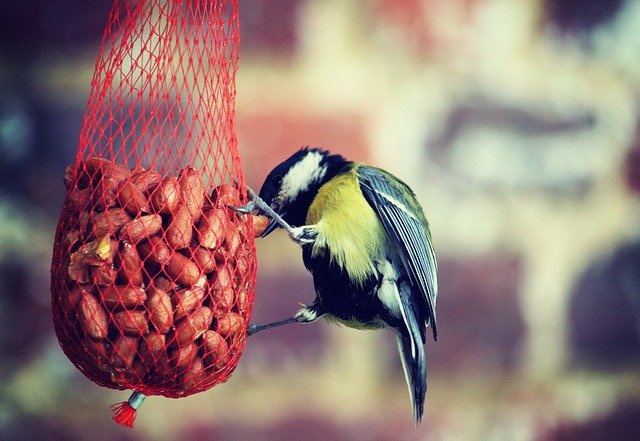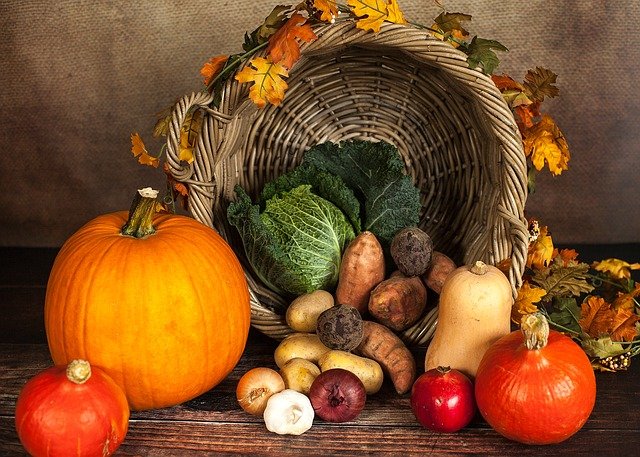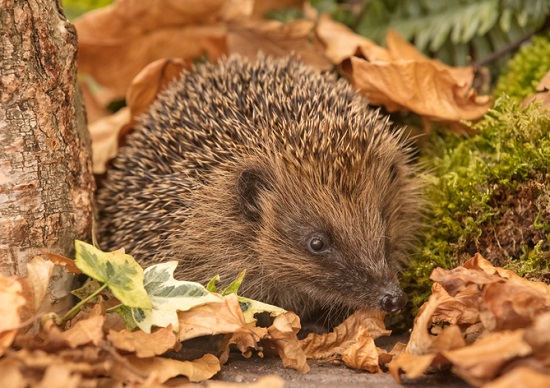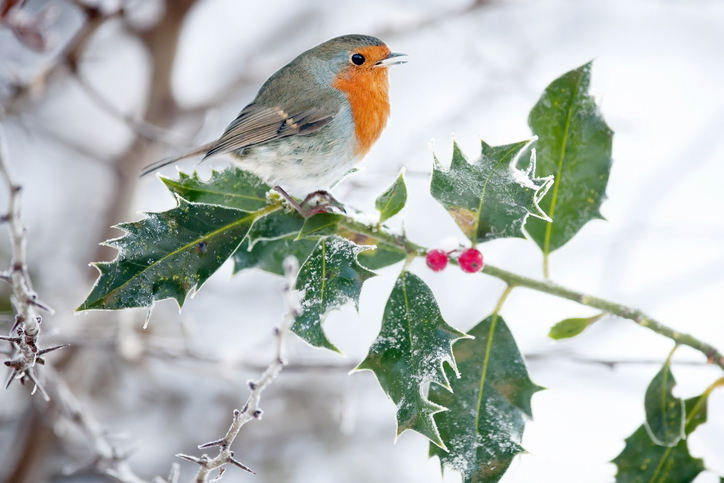July Gardening Jobs
Reading time: 5 minutes
Gardening jobs for July
July is one of the busiest months in the garden as plants are in full growth and fruiting mode. Keeping up with regular maintenance and harvesting will ensure your garden remains productive and bountiful. Here are the essential gardening jobs for July:
Keep your garden watered
Task: Ensure your garden is well watered, especially on hot days.
Why: Consistent watering is crucial for healthy plant growth and prevents drought stress.
How: Water early in the morning or late in the evening to reduce evaporation. Focus on the base of plants and use mulches to retain moisture.
Deadhead plants
Task: Deadhead your plants to encourage continued flowering.
Why: Removing spent blooms encourages plants to produce more flowers and keeps them looking tidy.
How: Use clean scissors or secateurs to snip off spent flowers just above the first set of healthy leaves.
Cut back perennials
Task: Cut back perennials such as oriental poppies, hardy geraniums, and delphiniums after flowering.
Why: Cutting them back to the ground encourages repeat flowering later in the year.
How: Use sharp pruners to cut back the flower stems and foliage to ground level. Apply a balanced fertiliser to promote new growth.
Compost trimmings
Task: Compost any trimmings you make and keep the compost turned.
Why: Composting recycles garden waste into nutrient-rich material for your garden.
How: Add green waste (garden trimmings, fruit and veg peelings) and brown waste (dry leaves, cardboard, wood chippings) to your compost bin. Turn the compost regularly to aerate it and speed up decomposition.
Harvest onions and garlic
Task: Start to harvest onions and garlic when the leaves start to wilt.
Why: Harvesting at the right time ensures the best flavour and storage life.
How: Gently lift bulbs with a garden fork and let them dry in a sunny, airy place for a few days before storing.
Stake sunflowers
Task: Stake your sunflowers if they have seen rapid growth.
Why: Staking supports the plants and prevents them from falling over.
How: Use tall stakes or canes and tie the sunflowers with soft garden twine, ensuring the ties are loose enough to accommodate growth.
Trim hedges
Task: Trim hedges now that baby birds have likely left their nests.
Why: Trimming maintains the shape and health of hedges.
How: Use hedge trimmers or shears to shape the hedges. Check for any remaining nests before starting.
Plant winter cabbages
Task: Plant winter cabbages.
Why: Planting now ensures they are well-established before the cold weather sets in.
How: Plant seedlings in well-drained soil in a sunny spot. Space them about 30-45cm apart and water well.
Plant autumn-flowering bulbs
Task: Plant autumn-flowering bulbs.
Why: Planting now ensures they have time to establish and bloom in autumn.
How: Choose a sunny or partially shaded spot with well-drained soil. Plant bulbs at the depth recommended on the packaging.
Harvest soft fruits
Task: Harvest soft fruits such as strawberries, raspberries, and currants.
Why: Regular harvesting prevents fruits from over-ripening and being eaten by birds.
How: Pick fruits when they are fully ripe and at their sweetest. Use clean scissors or gently twist the fruit to avoid damaging the plant.
Prune rambling roses
Task: Prune rambling roses of any straggly growth.
Why: Pruning maintains the shape and encourages healthy growth and blooms.
How: Use clean, sharp secateurs to remove straggly or dead growth. Tie in new shoots to support structures.
Harvest early potatoes
Task: Harvest your first early potatoes.
Why: Harvesting early potatoes provides fresh, delicious potatoes and frees up space for other crops.
How: Gently lift plants with a garden fork, being careful not to damage the tubers. Remove any foliage showing signs of blight and dispose of it properly.
Stay on top of weeding
Task: Keep on top of weeding as they thrive in warm weather and occasional showers.
Why: Regular weeding prevents weeds from competing with your plants for nutrients, water, and light.
How: Hoe or hand-pull weeds regularly, especially after rain when the soil is soft.

Additional July gardening tasks
Check for pests and diseases
Task: Regularly inspect plants for pests and diseases.
Why: Early detection and treatment prevent serious infestations and damage.
How: Look for signs of pests like aphids and slugs. Treat with organic methods or appropriate pesticides.
Feed container plants
Task: Feed container plants with a liquid fertiliser.
Why: Container plants rely on you for nutrients, as they can't access soil reserves.
How: Apply a balanced liquid fertiliser every two weeks, following the manufacturer's instructions.
Mulch beds and borders
Task: Apply mulch to beds and borders.
Why: Mulching helps retain moisture, suppress weeds, and improve soil structure.
How: Spread a 5-8cm layer of organic mulch around plants, keeping it away from stems and trunks.
Support tall plants
Task: Support tall or top-heavy plants.
Why: Supporting plants prevents them from flopping over and getting damaged.
How: Use stakes, canes, or plant supports. Tie plants gently with garden twine or soft ties.
Summer pruning for fruit trees
Task: Summer prune your apple or pear trees, especially mature ones that have become overcrowded.
Why: Pruning allows more sunlight to reach ripening fruits, improving their quality.
How: Cut away this year’s growth, approximately 2-3 inches or a couple of pairs of leaves. Be careful not to remove too much and expose the fruits to sunburn.
We hope these tasks help you keep on top of your garden this July, and that it remains productive and vibrant throughout the summer. Happy gardening!




